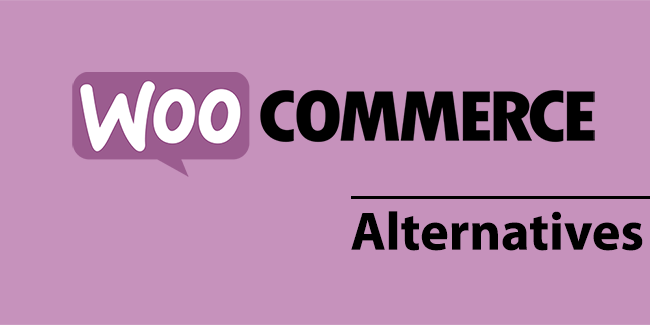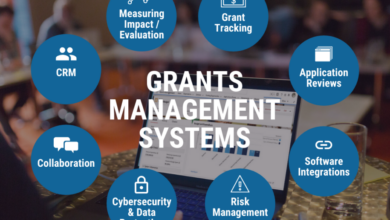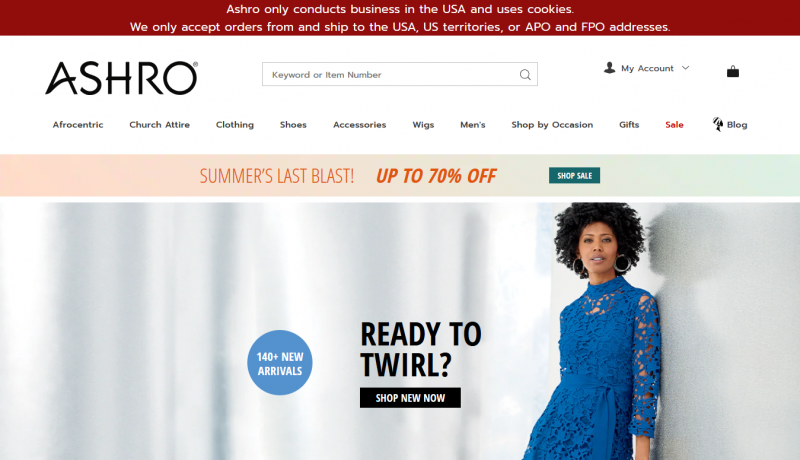How to Improve Response Rates in a B2B Email Marketing Campaign

Response rate is one of the most important metrics to measure in a B2B email marketing campaign, since it represents the number of people interested enough to visit your website. In theory, it’s an easy metric to master; as long as you’re targeting the right people and providing them with something valuable or interesting, they’ll naturally want to respond, right?
But in practice, it’s much more complicated. What steps can you take to improve response rates in your B2B email drip campaign?
1. Target the Right People
Everything starts with targeting the right people. If you have a solid understanding of who your target audience is, you can build an email list that is comprised almost exclusively of those individuals. And if the majority of your messages are reaching people who find your products and services to be relevant, response rate will be a natural byproduct.
Too many marketers make the mistake of flooding their email lists with new potential recipients, regardless of the quality of those recipients. As a result, they end up sending messages to thousands of uninterested people (and getting flagged as spam when they do). Instead, focus on building an organic list truly reflective of your target demographics.
2. Use Content to Warm a Cold Audience
When you first start sending emails to your audience, they’re going to be cold and unfamiliar with your brand. Before they even think about responding, they need to be at least somewhat acquainted with your brand and comfortable that it’s an authority, or at least a trustworthy party. The best way to warm up a cold audience is with content.
You have a lot of wiggle room here. You can send out whitepapers, eBooks, or even links to blog articles; as long as your content is informative and helpful, it’s going to help build your reputation. After reading a few pieces of content in discovering something valuable in those pieces of content, your audience members are going to be much more likely to respond.
3. Create Compelling, Relevant Subject Lines
Don’t forget that your email is basically useless unless you have a strong enough subject line to compel a recipient to open it. If your recipients discard the email without even reading the body copy, your campaign is going to fail. That’s why it’s important to prioritize your subject lines and write things that are compelling, relevant, and concise. It’s also important to distinguish your subject lines, so they stand out even in a crowded inbox.
4. Perfect Your Timing
Timing matters for email marketing effectiveness in many dimensions, but it’s especially important for getting higher response rates. Generically, clicks and opens tend to be higher on Mondays and Tuesdays than other days of the week. But if you want to master the art of timing, you’ll need to know more specifics about your target demographics and their daily habits.
5. Format Your Messages Like a Business Email
Don’t get too fancy with the design of your email. Including images, breaking up the text, and experimenting with different fonts can be a valuable way to get attention. But if you’re trying to get a response from a professional audience, you’re much better off formatting your messages like a traditional business email. The more “normal” your email looks, the more seriously it’s going to be taken and the more likely you’ll be to get a response.
6. Keep It Short
The people you’re emailing probably don’t have much time. They get hundreds of emails per day and have piles of other responsibilities to contend with. Keeping your emails concise is a gesture of respect – and one that will help you get more responses.
7. Use Specific, Obvious CTAs
People aren’t going to respond to your email unless you have a clear and direct call to action (CTA). You need something in the email, usually toward the end, that strongly motivates a person to respond. For example, you can ask them a meaningful question, or proactively schedule them for a meeting at some point in the future.
8. Make the Value Obvious
A unique value proposition (UVP) is a practical necessity for any business trying to describe and market itself. People need to know what they get from the exchange. In a B2B email marketing strategy, you also need to make the value obvious. What will a person get out of responding to you? What do they stand to gain? The more obvious this is, the better.
With these strategies in place, you should see much higher response rates in your B2B email marketing campaign. But don’t use this as an excuse to rest on your laurels. The best B2B sales and marketing professionals are ones to embrace adaptability and ongoing self-improvement; you have to keep working at your strategy if you want to keep seeing better results.




